When I was small I always looked forward to certain plants blooming in special places that I knew of. One such plant grew along Connaught Hill near where our house was. I spent many hours during the spring all the way into the fall visiting sites looking for those tell-tale plants and being excited to find them still there year after year. On such group of plants were an unusual mauve for native plants there. They of course were what I knew as Asters. In B.C. we have 26 species, some in shades of purple and some are white. All Aster species have undergone a careful scientific evaluation recently and most have been renamed. In B.C. all the 26 Asters have been re-classed as Symphyotrichum, Eurybia, Eucephalus, Ionactis and Canadanthus speices in the Aster(Asteraceae) family. Here on Vancouver Island the commonest species is the Common California Aster(Aster chilensis) is now should be known as Symphyotrichum chilense, and no it is not found in Chile.

The common mauve of the California Aster seen along roads here.
California Aster is primarily a coastal plant which grows from southern Oregon through all of Vancouver Island and southern parts of the mainland of British Columbia. It ranges inland to the Coastal Mountains. The first place I found it was when I was picking Blackberries at a park near where I live. I happened to be along the edge of the park searching for berries and found what looked like a single plant struggling against the grass in the overgrown ditch. This of course alerted me to be on the lookout for more of these plants. I think one reason I might have missed them in the past was that their color is very similar to the wild Chicory which is blooming at the same time.

This wonderful display of California Asters was found along Widgeon Rd. in North Saanich in 2007, they are no longer there now.
I soon found the best place to view California Asters was along the side of busy roads here. Roads here have large gravel shoulders which often become overgrown with plant material which is periodically cut down. This year there are two or three great patches growing along East Saanich Road in an very open place and hopefully they will live on there. Another place I see them is along West Saanich Road where they have survived several years and bloom.

The only color of Symphylotrichum chilense(California Aster) I have seen here.
We naturally are dazzled by the deep and sometimes startling colors of non-native Asters, these are the common ones which we see in nurseries at this time of the year. Many do not thrive here and are susceptible to unsightly disease such as mildew, rusts and black rots. I think we should look close to home to choose and highlight our natural bounty of plants and California Asters would fit the bill perfectly. Symphyotrichum chilense a dense plant which grows 50cm(20in) to 100 cm(40in) tall and forms a 30cm(12in) wide clump. If it is happy it will vigorously spread, therefore care must be taken in placement not to put it near slower and weaker growing plants. Asters are often placed near the back of the border in gardens or in more loosely designed area.

The soft flower color and attractive foliage make California Asters an attractive addition to the garden.
All Asters need full sun and good air circulation to keep them at their best. California Asters like to grow in areas with sufficient water that they can bloom at this late summer season. They tolerate a wide range of soils as long as it has good drainage during the wet winter months. The can be pruned down in early summer to keep them short if you desire. These plants feed the Bees and Butterflies at this time of the year.

California Asters in amoungst the grass.
Look along the roadsides in your area to see the asters which are native to your area. There are many throughout the world, especially across North America and Europe.
Learn more about Symphyotrichum chilense:
a brief description of the California Aster: http://www.pnwflowers.com/flower/aster-chilensis
A list of Aster synonyms from Wiki which is very extensive: http://en.wikipedia.org/wiki/List_of_Aster_synonyms
CalPhots page on California Aster with more technical links: http://calphotos.berkeley.edu/cgi/img_query?query_src=&seq_num=130489&one=T
Until We Meet Again soon….







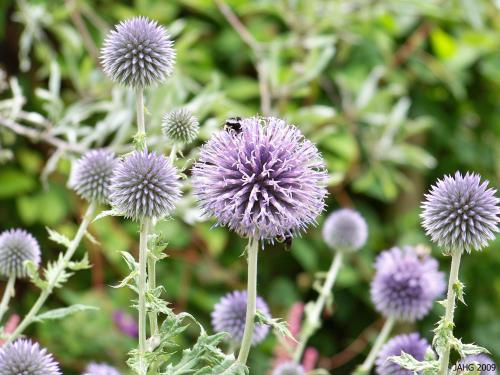
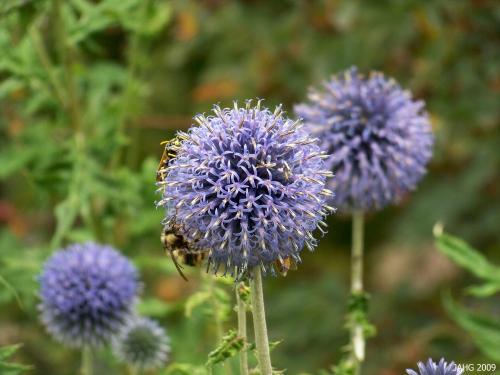
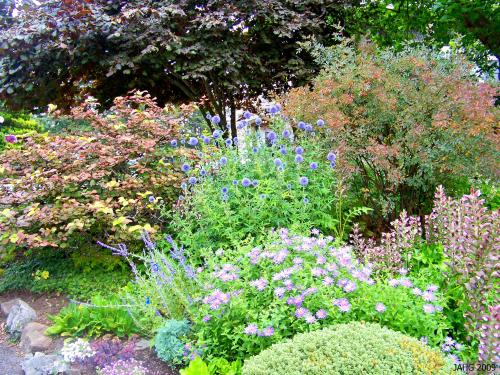
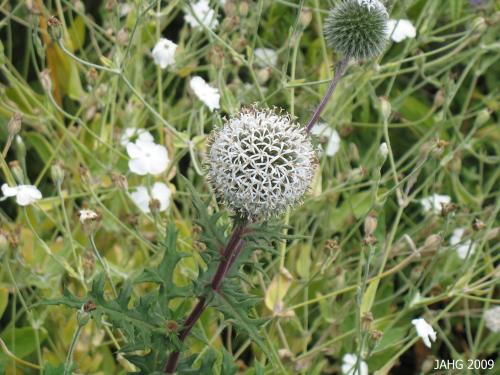
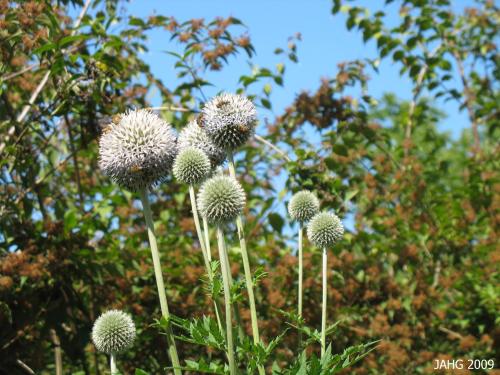
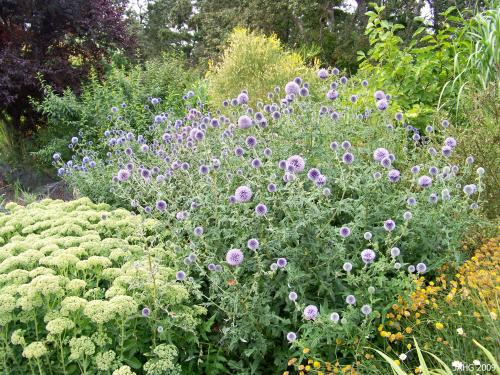
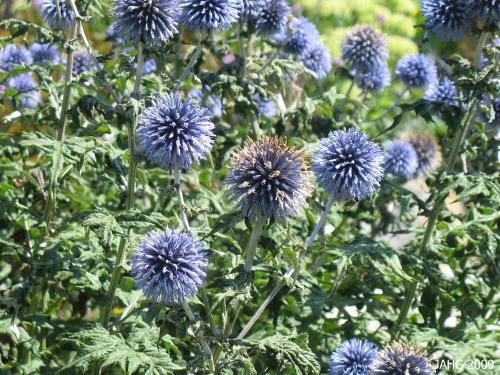












 Stumble It!
Stumble It!






